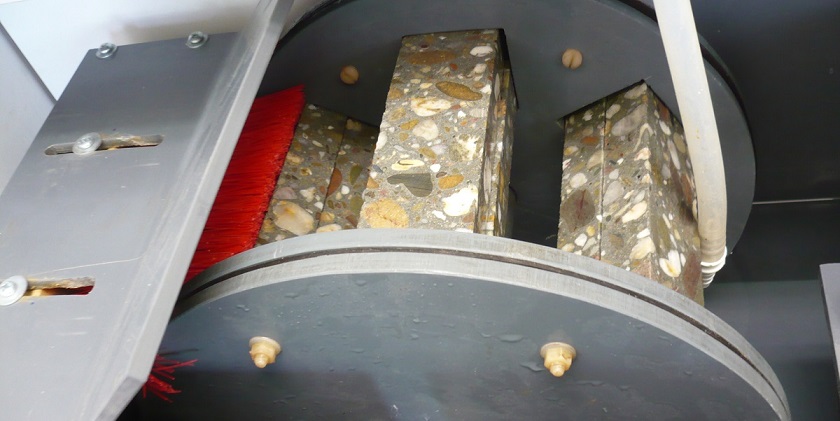

EUROLAB Laboratory performs protection resistance tests against mineral acids including HCl, Nitric acid and H2SO4 in its accredited environmental testing laboratory.

Test methods include cyclic exposure of test specimens to the mist of acidic salt solution, drying conditions, and periods of high humidity. However, the methods are mainly designed for comparative testing and the results obtained do not allow far-reaching conclusions about the corrosion resistance of the tested metallic material under all environmental conditions in which it can be used. Nevertheless, the methods provide valuable information about the relative performance of materials exposed to salt and/or acid rain environments similar to those used in the test.
Reinforced concrete is a highly alkaline building material with limited resistance to acidic environments. There are very few types of hardened cement that cannot be dissolved with acids. CaO (calcium oxide), the main oxide of all standard cements, has a high affinity especially for organic and inorganic acids. If CaO leaks from the hardened cement as a result of acid attack, it changes the mechanical/chemical/physical properties of the cement.
Exposure of reinforced concrete to an acidic environment (both organic and inorganic acids) is primarily in canal construction, industrial construction (eg cooling towers) and agricultural construction. Depending on the particular exposure, reinforced concrete components must be protected with surface protection systems. Concretes with high resistance to acidic environments are an alternative that eliminates the need for surface protection systems. The performance of these special concretes should be verified by accelerated exposure tests in acidic environment corresponding to potential damage in the specific use case.
This test may contain hazardous materials, processes and equipment. It does not claim to address all the security problems associated with its use. It is the responsibility of the user of this document to establish appropriate safety and health practices.
To get an appointment, to get more detailed information or to request an evaluation, you can ask us to fill in our form and reach you.